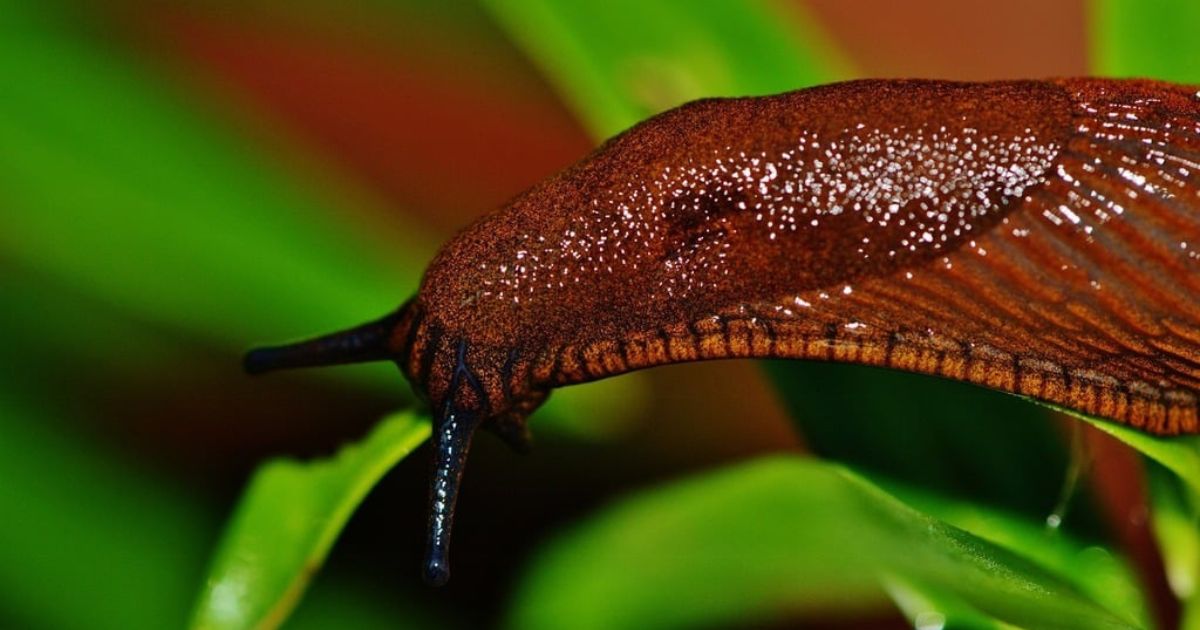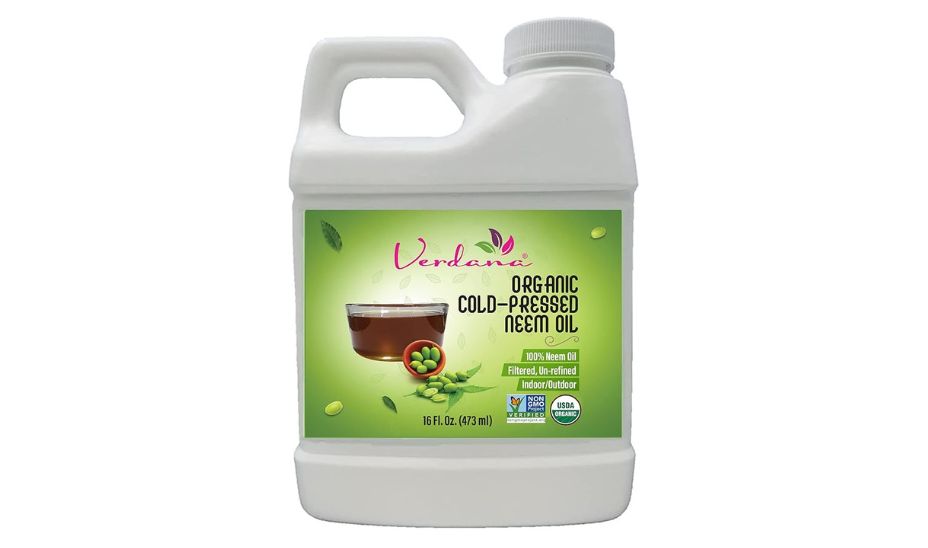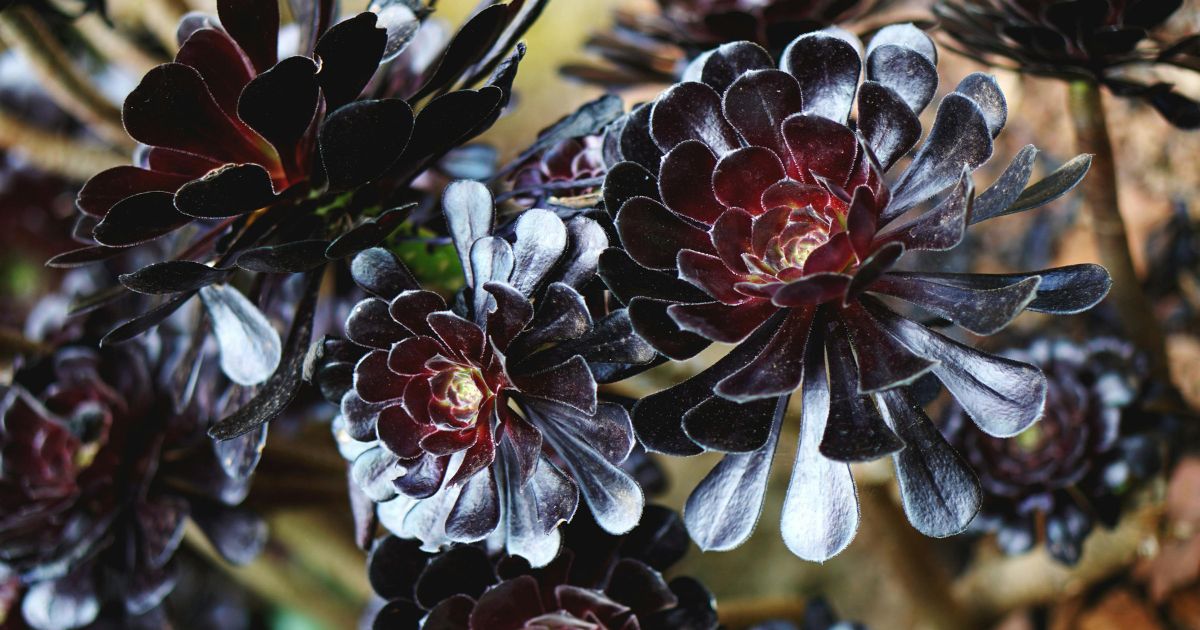
How to Get Rid of Slugs: Effective Control and Prevention
Slugs are common garden pests that can cause significant damage to plants by feeding on leaves, stems, and roots. This guide will provide detailed insights into how to get rid of slugs, whether slugs are poisonous, and the different types of slugs you may encounter.
What Are Slugs?
Slugs are soft-bodied, shell-less mollusks that thrive in moist environments. They are particularly active at night or during rainy conditions and are known for leaving slimy trails wherever they travel. Slugs primarily feed on vegetation, making them a threat to gardens and crops.
Are Slugs Poisonous?
A frequently asked question is, “Are slugs poisonous?” Slugs are not poisonous to humans or pets. However, they can carry parasites like lungworm, which can pose risks to pets if ingested. Always wash produce from the garden thoroughly and handle slugs with care.
Types of Slugs
There are several types of slugs found in gardens and natural areas. The most common include:
- Garden Slugs (Arion hortensis): Small, black or dark brown slugs often found in vegetable gardens.
- Leopard Slugs (Limax maximus): Large slugs with distinctive spotted patterns. They feed on decaying matter and are less harmful to plants.
- Gray Field Slugs (Deroceras reticulatum): Light gray or tan slugs that are major agricultural pests.
Understanding the types of slugs in your garden can help tailor your control strategies.
How to Get Rid of Slugs
1. Handpicking
One of the simplest ways to get rid of slugs is to pick them off plants manually. This method is most effective at night when slugs are active. Use gloves or tongs and place the slugs in a container of soapy water to kill them.
2. Use Natural Barriers
Create barriers around your plants to deter slugs. Effective materials include:
- Crushed eggshells
- Coffee grounds
- Diatomaceous earth
These materials irritate slugs’ soft bodies, preventing them from crossing.
3. Set Up Beer Traps
Slugs are attracted to the scent of beer. Bury a shallow container filled with beer near slug-prone areas. Slugs will crawl in and drown. Empty and refill traps regularly.
4. Copper Tape and Barriers
Copper emits a mild electrical charge when slugs contact it, deterring them from crossing. Place copper tape around the bases of pots or garden beds for protection.
5. Encourage Natural Predators
Encourage slug predators to help control their population. Common predators include:
- Frogs
- Toads
- Birds
- Ground beetles
Providing habitat, such as logs or rocks, can attract these beneficial creatures.
6. Apply Slug Baits
Use iron phosphate-based slug baits, which are safe for pets and wildlife, to target slug populations. Avoid baits containing metaldehyde, as they can harm animals.
Preventing Slugs in the Garden
- Reduce Moisture: Slugs thrive in damp environments. Water plants in the morning to allow soil to dry by night.
- Keep the Garden Clean: Remove debris, weeds, and other hiding spots for slugs.
- Plant Slug-Resistant Species: Some plants, like lavender and rosemary, naturally repel slugs.
By understanding the types of slugs in your garden, knowing whether slugs are poisonous, and following these methods for how to get rid of slugs, you can effectively protect your plants. Regular maintenance and natural control methods will ensure your garden remains slug-free and thriving.



